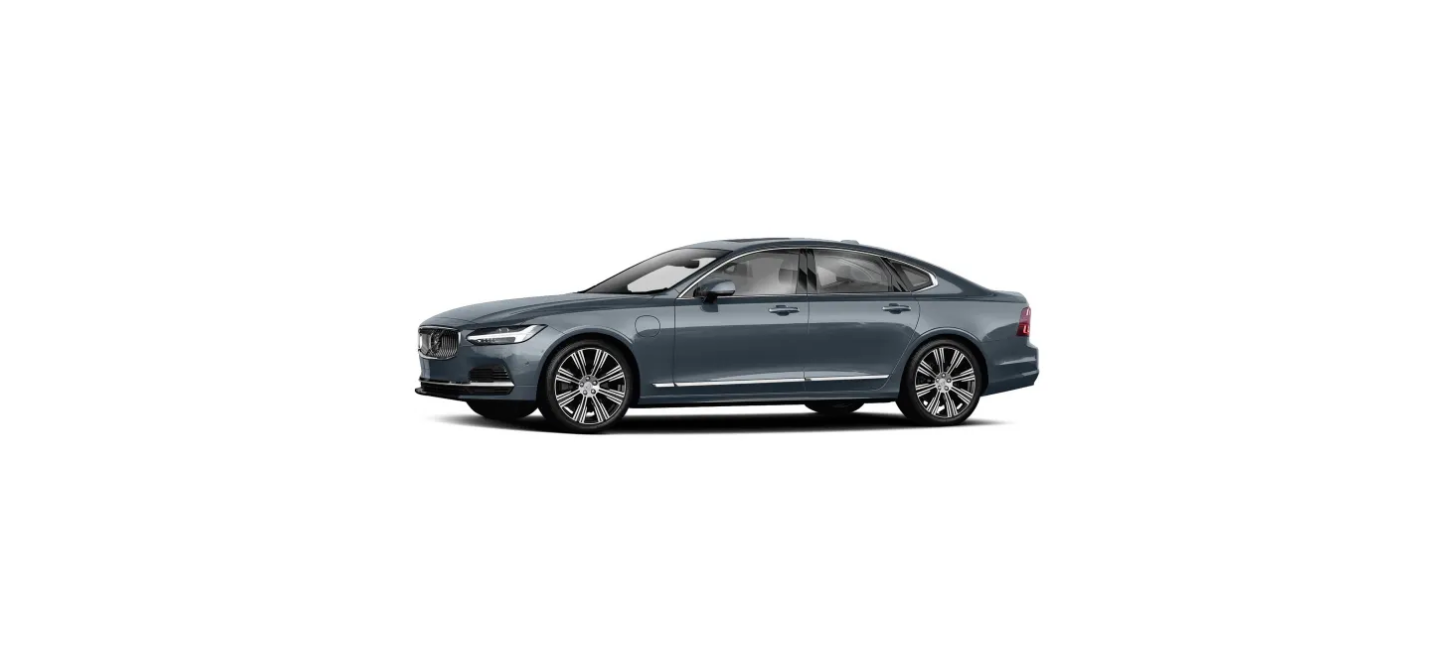Payload depends on the car’s kerb weight. The total of weight of the passengers and all accessories reduces the car’s payload by a corresponding weight.
Loading in the cargo area
Good things to remember when loading:
- Position the load firmly against the rear seat’s backrest.
- Heavy objects should be placed as low as possible. Avoid placing heavy loads on lowered backrests.
- Cover sharp edges with something soft to avoid damaging the upholstery.
- Secure all loads to the load-retaining eyelets with straps or web lashings.
Cover sharp edges and sharp corners with something soft.
Switch off the engine and apply the parking brake when loading/unloading long items. Otherwise you may accidentally knock the gear lever or gear selector with the load into a drive position – and the car could then move off.
Increasing the space in the cargo area
To expand the cargo area and simplify loading, the rear seat’s backrest can be lowered. Note that objects must not prevent the function of the WHIPS system for the front seats if any of the rear seat’s backrests is folded down.
A through-load hatch in the rear seat can be folded down for carrying long and narrow loads.
Bag hooks
Bag hooks keep carrier bags in place and prevent them from overturning and spreading their contents across the cargo area.
Along the sides
There is a bag hook in the side panel on each side of the cargo area.
Load retaining eyelets
Use the load retaining eyelets to attach straps in order to anchor items in the cargo area.
Always secure large and heavy objects with a seatbelt or cargo retaining straps.
Roof load and loading on load carriers
For loading on the car’s roof, the load carriers that Volvo have developed are recommended.
This is to reduce the risk of damage to the car. Volvo’s load carriers are available for purchase at authorised Volvo retailers.
Carefully follow the installation instructions supplied with the carriers.
- Distribute the load evenly over the load carriers. Put the heaviest objects at the bottom.
- Check periodically that the load carriers and load are properly secured. Lash the load securely with retaining straps.
- If the load is longer than the car at the front, e.g. a canoe or kayak, fit the towing eye to its front socket and attach the bungee to this.
- The size of the area exposed to the wind, and therefore fuel consumption, increase with the size of the load.
- Drive gently. Avoid quick acceleration, heavy braking and hard cornering.
Follow the car’s specifications with regard to weights and maximum permitted load.
Towbar-mounted bicycle rack
(Option/accessory)
When using a bicycle rack, the bicycle racks that Volvo has developed are recommended.
This is in order to avoid damage to the car and in order to achieve the maximum possible safety during a journey. Volvo’s bicycle racks are available for purchase at authorised Volvo dealers.
Carefully follow the instructions enclosed with the bicycle rack.
- The bicycle rack including load must weigh a maximum of 75 kg (165 pounds).
- Rear Auto Brake should be deactivated before driving with a bicycle rack.
The bicycle rack can loosen from the towbar if it
- is incorrectly fitted on the towball
- is overloaded, see the bicycle rack’s instructions for maximum load weight
- is used for carrying something other than bicycles.
The car’s driving characteristics are affected when a bicycle rack is fitted on the towbar. For example due to:
- increased weight
- reduced acceleration capacity
- reduced ground clearance
- changed braking capacity.
Recommendations for loading bicycles on the bicycle rack
The larger the distance between the load’s centre of gravity and the towball, the greater the load on the towbar.
Load according to the following recommendations:
- Fit the heaviest bicycle furthest in, closest to the car.
- Keep the load symmetrical and as close to the centre of the car as possible e.g. by loading the bicycles facing alternately if several bicycles are loaded.
- Remove loose objects from the bicycle for transportation, e.g. bicycle basket, battery, child seat. Partly to reduce the load on the towbar and bicycle rack, and partly to reduce the wind resistance, which affects fuel consumption.
- Do not use protective covers on the bicycles. This may affect manoeuvrability, impair visibility and increase fuel consumption. It may also lead to an increased load on the towbar.




